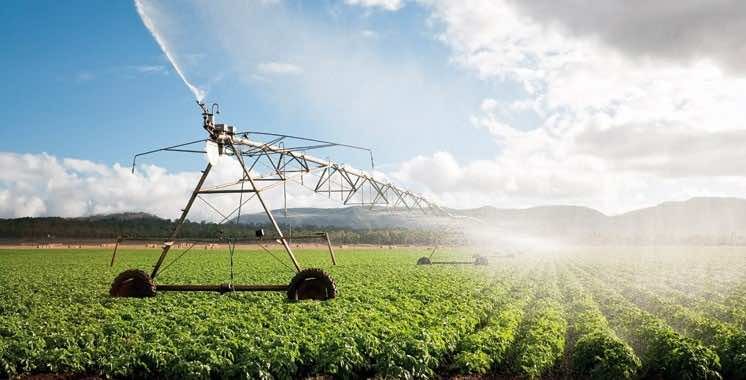Morocco to Invest $1.74 Billion in Agriculture & Fisheries Under 2025 Finance Bill

Rabat — Agriculture Minister Ahmed El Bouari has said that his department's investment budget is expected to reach MAD 17.27 billion ($1.74 billion) under the 2025 Finance Bill.
El Bouari made his remarks on Tuesday before the Committee on Productive Sectors in the House of Representatives, noting that investment for agriculture alone is projected to increase by 4% to MAD 14.21 billion ($1.43 billion) next year, compared to MAD 13.62 billion ($1.37 billion) in 2024.
The investment budget for sustainable development projects is expected to reach MAD 1.74 billion ($176 million), and the budget for maritime fisheries would be around MAD 359 million ($36.33 million).
In terms of agriculture, the budget will focus on irrigation and agricultural land development, with an investment of MAD 6.63 billion ($670.94 million).
The budget will also cover the development of the agricultural production sector with MAD 6.24 billion ($631.47 million), while health safety will have MAD 760 million ($76.91 million)
Education, training, and research in agriculture matters will require a budget of MAD 468 million ($47.36 million).
For rural development projects, MAD 1 billion ($101.19 million) will be allocated to cover the competition of the territorial and social disparities reduction program, while MAD 742 million ($75 million) will be dedicated to connectivity and inclusive development in rural and mountainous areas.
For the management budget, the minister forecasts a 6% increase, reaching MAD 4.71 billion ($476.64 million).
Maritime fisheries will be allocated MAD 588 million ($59.50 million) while water and forests will cover MAD 797 million ($80.65 million).
Agriculture and fisheries are among the key sectors in the North African country.
Morocco launched the new agricultural season in October, with a plan aimed at supporting farmers due to water scarcity and other pressing challenges.
These support initiatives include essential areas such as seed and fertilizer supply, agricultural sector development, irrigation water management, expanded agricultural insurance, as well as enhanced financing and assistance for farmers.
The ministry aims to cover 5 million hectares with approximately 1.26 million quintals of certified seeds. These will primarily be autumn cereals, priced 3-5% lower than last year to encourage adoption.

